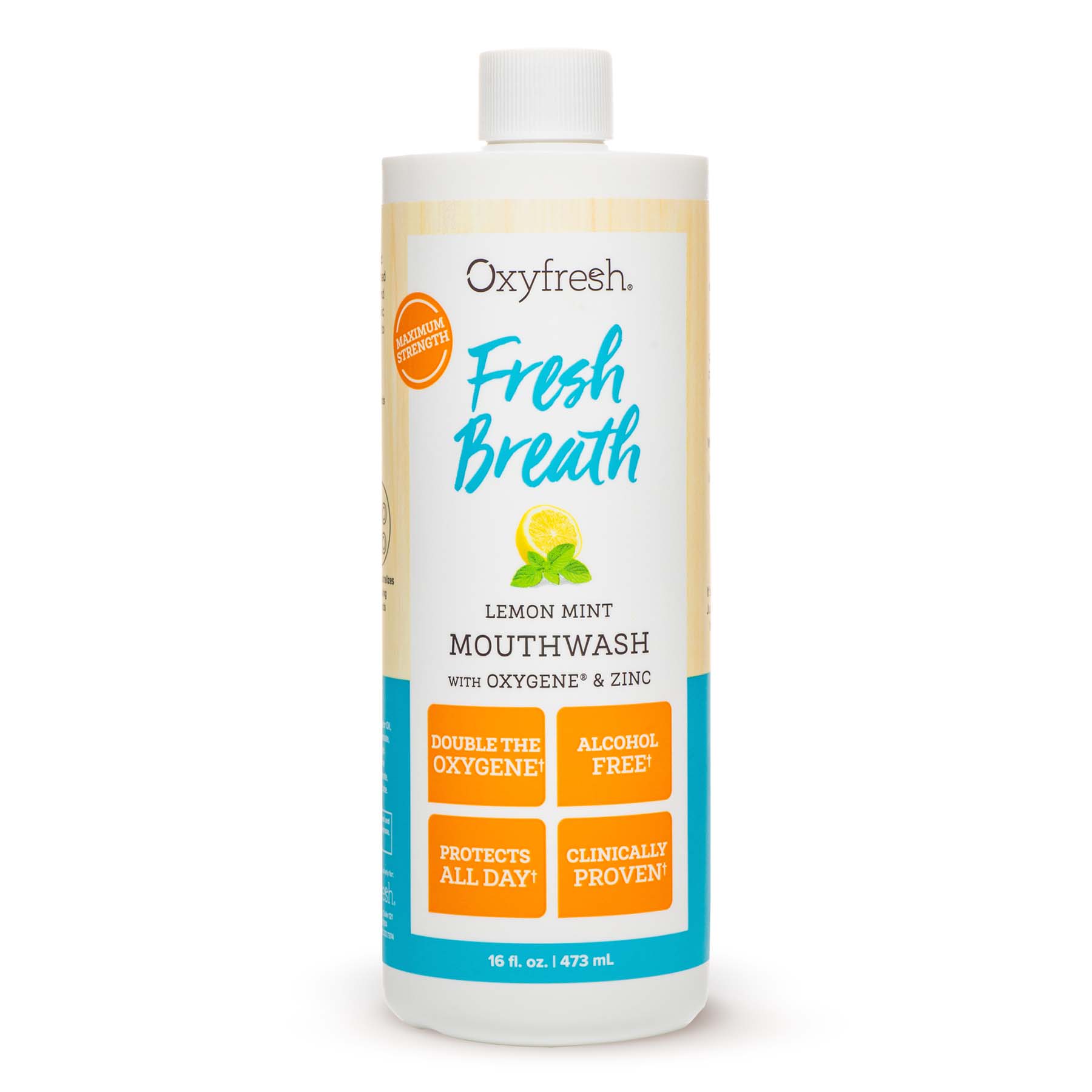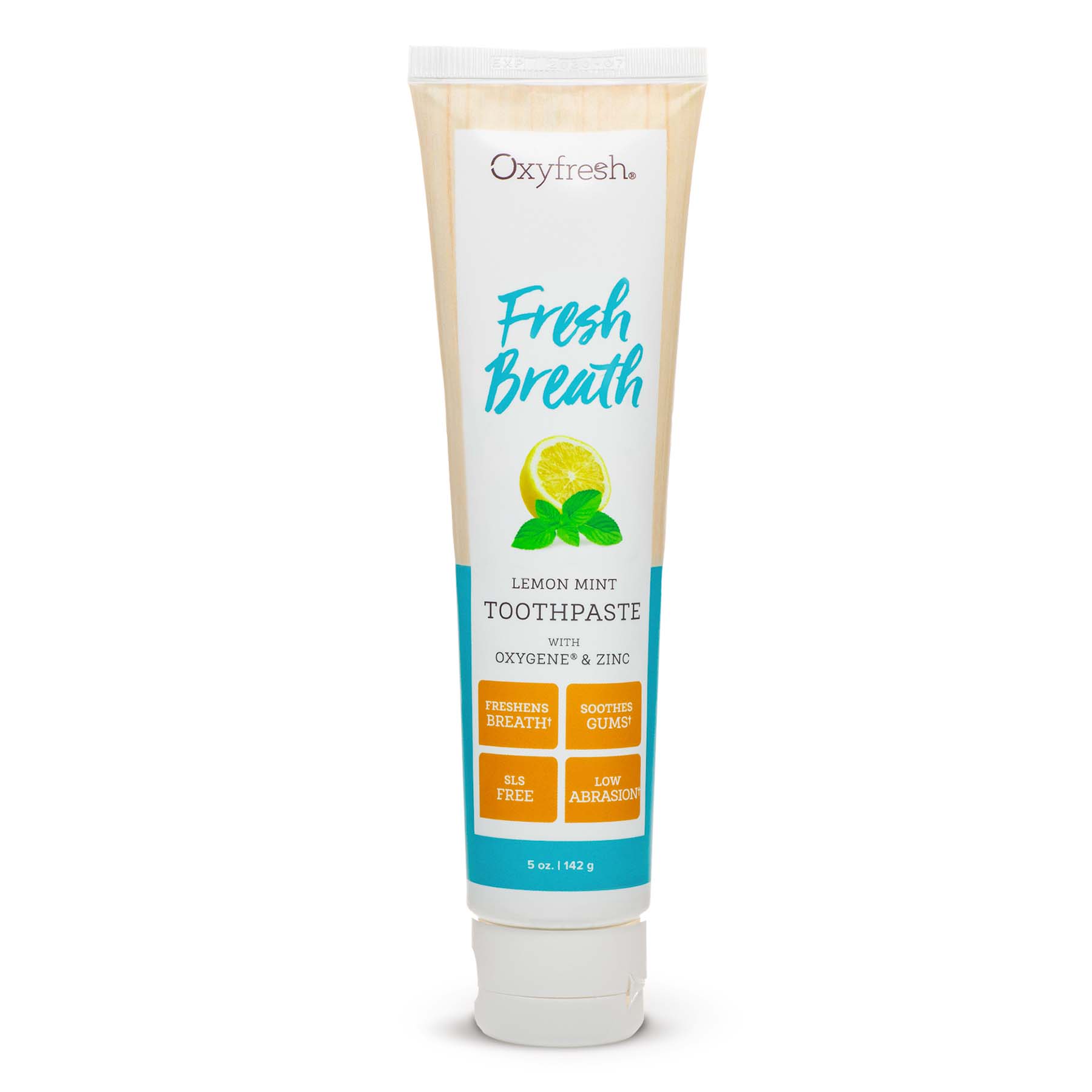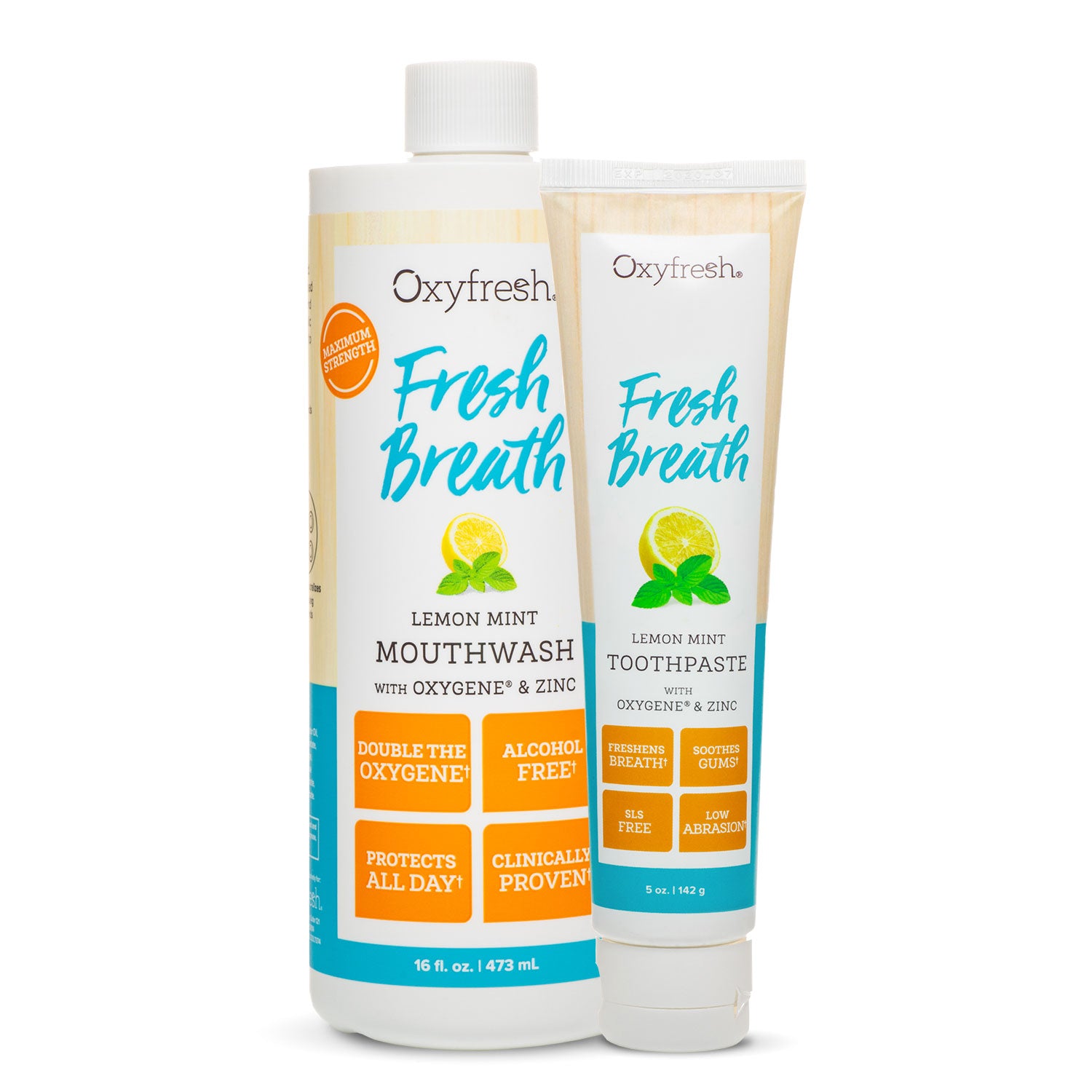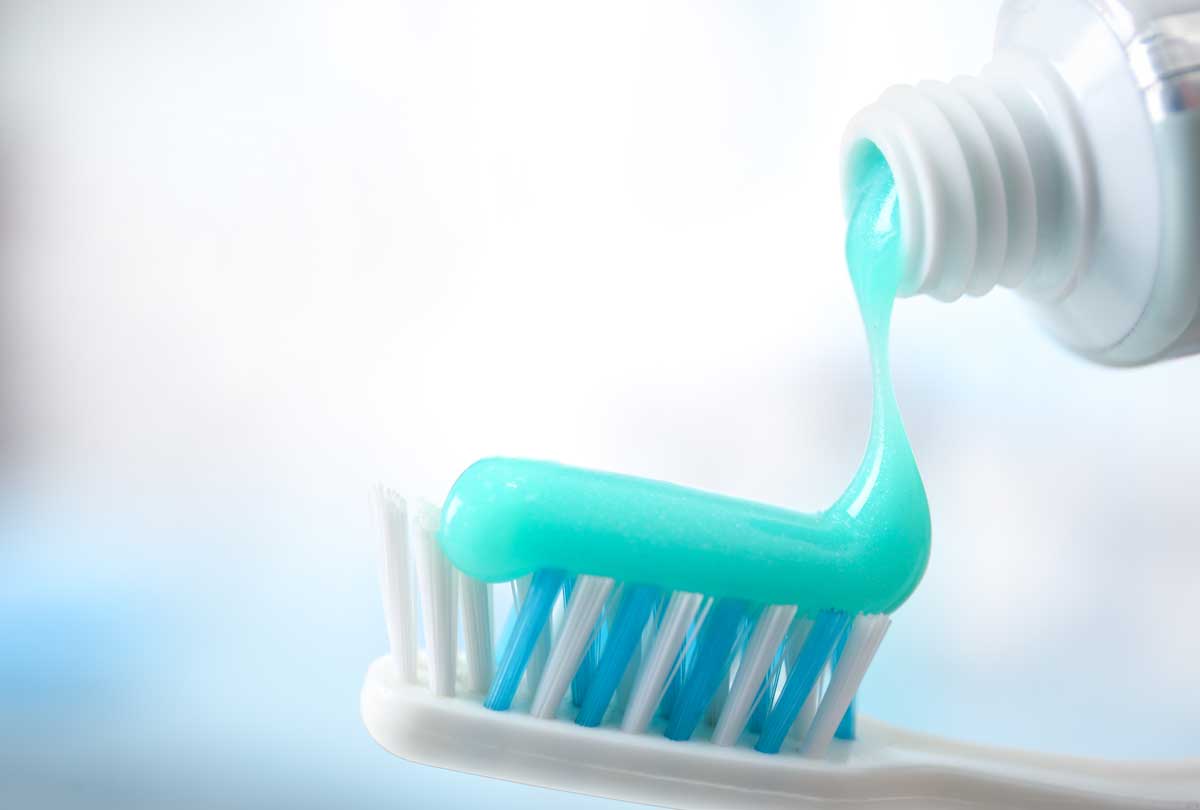Gum disease. It can be hard to separate fact from fiction when it comes to matters of the mouth.
Rather than visiting multiple websites and playing worst-case scenario (“I googled ‘bleeding gums’ and now I think I’m doomed!”) get the real-deal facts about gum disease right here.
And, of course, make an appointment with your dentist. If you do have gum disease – aka periodontal disease – they’ll advise you on an appropriate course of action to treat it, and help you smile your best smile.
GUM DISEASE: ARE THESE STATEMENTS FACT … OR ARE THEY FICTION?
“Gingivitis and Periodontitis Are the Same Thing.”
FICTION. While they both fall under the “dental disease umbrella,” gingivitis and periodontitis are distinct from one another.
It’s not a “which came first – the chicken or the egg?” situation. Gingivitis always precedes periodontitis. Gingivitis, the mildest form of gum disease, is an inflammation and infection of the gums. There is no bone loss in this stage. If your gums bleed when you floss or brush, that’s a “red flag” that you have gingivitis and need to change your dental ways before it turns into periodontitis.
Periodontitis – which can range from early, moderate or advanced – is way more serious, painful AND expensive to treat. This is when the oral infection becomes bad enough that the gums start to pull away from the teeth. As this happens, pockets form between the teeth and gums, creating a hotspot for plaque and tartar to build up, and therefore, harmful bacteria. As the immune systems tries to fight the gum infection, toxins from the bacteria break down the bone and connective tissue of the teeth.
“Plaque Is How Gum Disease Starts.”
FACT. Plaque, a sticky, clear substance that’s filled with bacteria, is the main cause of gum disease. It forms naturally every time we eat or drink sugary or starchy items. If plaque isn’t removed through regular oral care, it will begin to harden into tartar, which is much more difficult to remove at home. As plaque and tartar build up around the teeth, the gums will begin to get infected and inflamed (gingivitis), eventually leading to periodontitis if there’s no intervention.
“It Will Be Obvious If I Have Gum Disease.”
FICTION. Often considered a “silent disease” in the beginning, you may not notice that there’s a problem brewing in your mouth at all. That’s why it’s so important to keep those twice-yearly dental appointments. However, as dental disease progresses, you will definitely see some obvious symptoms, the earliest ones usually being redness/bleeding of the gums and bad breath.
Signs of Advancing Gum Disease
- Red, swollen or bleeding gums
- Halitosis (bad breath)
- Receding gums
- Tooth sensitivity
- Foul taste in the mouth
- Loose or shifting teeth
- Bite feels “off”
“Bread & Crackers Can Be Even Worse for the Teeth Than Sweets.”
FACT. Grilled cheese, French bread dipped in garlic oil, baguettes … don’t even get us started on our love affair with all things bread. But here’s the deal on bread and crackers: when you choose these carb-loaded foods, your saliva breaks down the starches into sugar. That turns into gummy plaque that clings to the teeth, especially the crevices in between. If you’re craving carbs, choose less-refined, whole-grain ones instead.
“Flossing Is No Longer Recommended for a Healthy Smile.”
FICTION. In 2016, when the Associated Press stated there wasn’t evidence that flossing actually works, many people celebrated by ditching the dental floss. But in reality, just because there’s not a study absolutely proving the efficacy of flossing, doesn’t mean it isn’t necessary for a healthy smile.
The tooth, er, truth of the matter is that if you only brush, you’re only cleaning 60 percent of the surface of your teeth. Period. Now that doesn’t mean floundering with dental floss is the only way to get the in-between areas of your teeth clean. Many periodontitis patients use interdental brushes, which come in all different widths, and are fantastic for cleaning away plaque and food particles between the teeth. Talk to your dentist about what’s best for your smile.
“It Doesn’t Matter What Time of Day I Brush … As Long as I Brush 2 Times.”
FICTION. Don’t get us wrong: brushing two times a day, at any time of the day, will always be better than brushing only once. In fact, for adults who DON’T brush twice a day, they raise their risk of tooth decay by 33 percent!
It’s important to do one of those brushing sessions in the evening before bed. Why? Because when we’re asleep, our mouths don’t produce as much saliva. Saliva has protein and minerals in it that prevent decay and keep food from sticking to the teeth. That means if you’re going to bed with a bunch of food particles in your teeth, you won’t have as much of your body’s natural defense (saliva) to fight the ensuing bacteria and plaque attack.
“Gum Disease Only Affects Seniors.”
FICTION. According to a gum disease study by the CDC, 47.2% of adults aged 30 years and older have some form of periodontal disease. For adults over the age of 65, the statistics are even more alarming, with over 70 percent suffering from periodontitis. With these figures, it’s more important than ever to take care of your smile at ALL ages and stages.
“With Good Oral Hygiene, I Can Reverse Gum Disease.”
FACT. Fortunately, caught in its early stages, you can completely reverse gum disease. And it doesn’t take drastic measures.
5 Must-Dos for a Healthy Smile
1. Brush 2 times a day for 2 minutes
2. Floss once daily using floss, dental pics, or interdental brushes
3. Swish with an alcohol free mouthwash after brushing to control bacteria
4. Keep your regular dental appointments
5. Eat a smile-friendly diet
Tip: It’s super important to kick the habit if you’re a smoker. While periodontal disease is easily treated early on, smokers typically struggle with gum disease reversal.
“Women Are More Likely to Have Gum Disease Than Men.”
FICTION. If men are from Mars, the Red Planet has some serious catching up to do in the world of oral health. A study on dental disease and gender revealed that men are more likely to suffer from periodontitis, at a rate of 57 percent versus 39 percent for women.
Why is this? Simply put, women are shown to have better oral health habits than men.
Dental surveys show that just 26 percent of men over 30 floss daily compared to 37 percent of women. And, 86 percent of women report brushing their teeth twice a day compared to 66 percent of men.
In general, women also tend to place more social value on the importance of a nice smile, and will therefore be more apt to follow a dental routine, educate themselves on good oral care, and have a positive attitude about it.
“Gum Disease Can Increase the Risk of Other Diseases.”
FACT. The mouth is like a gateway to the rest of the body. If your smile is plagued by bacteria and infection, it’s important to take care of the problem quickly so your overall health isn’t jeopardized.

“Dental Disease Can Negatively Impact Pregnancy.”
FACT. As if mood swings and morning sickness weren’t hard enough to deal with, the hormonal changes that occur during pregnancy can give expectant mothers a host of oral health problems. A surprising 75 percent of women develop gingivitis during pregnancy.
Letting dental disease go unchecked can harm both mother and child. Moms-to-be with poor oral hygiene are 7 times more likely to deliver premature and low birth weight babies. Skip the dental x-rays, but don’t skip your visits for teeth cleanings.
“Poor Oral Hygiene Is the Only Risk Factor for Periodontal Disease.”
FICTION. While poor oral hygiene is the biggest risk factor for dental disease, it’s not the only one.
- Smoking: Smokers are 3–6 times more likely to develop periodontal disease versus non-smokers.
- Diabetes: 1 in 3 diabetics also has periodontal disease. Diabetes slows the flow of nutrients to the gums and makes it difficult to remove toxins. Poorly controlled blood sugar also increases bacteria in the mouth. To find out how to care for your smile if you have diabetes, check out these 5 dental care tips for diabetics.
- Genetics and Gum Disease: It seems unfair, but even those who are the most diligent about brushing and flossing may simply be genetically predisposed to periodontal disease. That means even more work is required to keep the teeth in tip-top shape.
- Chemotherapy/Radiation: Chemotherapy damages healthy cells in the mouth, making it more susceptible to bacteria. Additionally, chemotherapy drugs usually cause dry mouth, which can lead to more bacteria production.
- Compromised Immune System: HIV and AIDS will increase the risk of oral health problems and the body’s ability to fight them. Poor nutrition can also affect the immune system, and therefore, gum health.
“A Simple Cleaning at the Dentist and I’ll Be “Good As New.”
FICTION. While getting in to the dentist is a great start, it isn’t completely a fresh start. If you’re past the gingivitis stage of gum disease, you’ll probably need a deep cleaning versus a regular cleaning. What’s the difference? A regular dental cleaning just focuses on cleaning above the gum line. A deep cleaning will go under the gum line.
During a deep cleaning, your dentist may do a non-surgical procedure called scaling (scraping away hard tartar above and below the gum line, either with hand-held or ultrasonic instruments), as well as root planing, where the rough surfaces of the roots of the teeth are smoothed out so they can’t harbor bacteria, and the gums can reattach to the teeth.
If a deep cleaning doesn’t take care of the gum infection, surgery may be necessary …
- Gum graft surgery: with this type of surgery, new gum tissue is put into the area of your mouth where the current gum tissue is receding. This tissue is usually taken from the top layer of your palate.
- Flap surgery: during flap surgery, your gums are lifted away from the teeth and folded down so that the surgeon can clean the roots of the teeth and bones.
Ouch! No surprise that your gums will definitely be tender if you need deep gum cleaning or surgery. We recommend Pro Relief Dental Gel because it’s packed with a therapeutic blend of gum-friendly ingredients like folic acid, aloe and zinc. This is the preferred gel of oral surgeons for the speedy relief it provides their patients.
“If I Don’t Fix My Periodontal Disease, I’ll Likely Lose My Teeth.”
FACT. Sadly, untreated periodontitis WILL lead to eventual tooth loss as the gum and bones pull away from the teeth. According to the American College of Prosthodontics, 30 percent of U.S. adults between the ages of 65–74 years old have NO NATURAL TEETH LEFT AT ALL, usually because of dental decay or gum and bone disease. Even by age 50, the average U.S. adult has lost 12 teeth (including wisdom teeth) due to poor oral health.
“If I Have Gum Problems, It Doesn’t Matter What Kind of Dental Products I Use.”
FICTION. People with gum disease require special care for their smiles. Because gum recession is common with periodontal disease, it’s important to use low-abrasion toothpaste to protect from additional tooth erosion and sensitivity.
For bad breath treatment, alcohol-free mouthwash should be used because it won’t cause dry mouth like an alcohol-based mouthwash. A dry environment encourages quick bacteria growth, causing a cycle of bad breath and decay. Additionally, alcohol-free mouthwashes won’t sting or burn tender gum tissue. To learn more, check out Why Alcohol in Mouthwash May Be Even Worse Than You Think.
OK, So What Mouthwash & Toothpaste Should I Use for Healthy Gums and Fresh Breath?
- Fresh Breath Lemon Mint Mouthwash: Natural and organic mouthwashes are trending – Oxyfresh takes a holistic ingredient approach. Our Lemon Mint Mouthwash features natural ingredients like essential oils and zinc, plus our exclusive science-based ingredient Oxygene®, which neutralizes bad breath molecules through a gentle oxidation process – no byproducts! This soothing mouthwash is free of dyes and alcohol for a burn-free swishing experience.
- Fresh Breath Lemon Mint Toothpaste: Low abrasion and dye-free, this tasty toothpaste gel is made with natural essential oils to stimulate healthy salivary flow – a must when fighting gum disease. It’s also free of Sodium Lauryl Sulfate, a foaming agent that’s linked to canker sores and gum irritation. A patented blend of Oxygene® and zinc will stop even the worst bad breath.
Nothing works better than this dynamic duo to neutralize bacteria, prevent bad breath, and pamper the gums. And that’s a FACT! In a clinical study of periodontitis patients and their gum health, Oxyfresh’s Fresh Breath Lemon Mint Toothpaste and Mouthwash were proven far superior to the leading store brand with alcohol.









